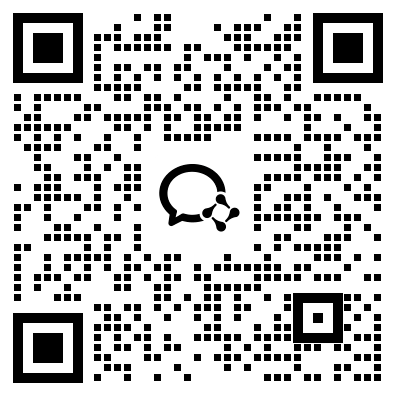Spring Framework 6.1 中 RestClient 是否支持异步操作?
是的,Spring Framework 6.1 中的 RestClient 支持异步操作。虽然 RestClient 主要设计用于同步请求,但它也提供了一定程度的异步支持,这使得它在需要异步处理的场景中非常有用。
异步操作的实现方式
RestClient 的异步操作是通过 CompletableFuture 实现的。这允许开发者在不阻塞主线程的情况下发送 HTTP 请求,并在请求完成时处理响应。【起飞嘎嘎飞LSIXSO】
示例代码
以下是一个使用 RestClient 发送异步 GET 请求的示例:
java复制
import org.springframework.web.client.RestClient;
public class RestClientExample {
public static void main(String[] args) {
// 创建 RestClient 实例
RestClient restClient = RestClient.create();
// 发送异步 GET 请求
CompletableFuture<String> futureResponse = restClient.get()
.uri("https://api.example.com/data")
.retrieve()
.bodyToMono(String.class)
.toFuture(); // 转换为 CompletableFuture
// 处理异步响应
futureResponse.thenAccept(response -> {
System.out.println("Response: " + response);
}).exceptionally(ex -> {
System.err.println("Error: " + ex.getMessage());
return null;
});
}
}与 WebClient 的对比
RestClient 和 WebClient 都是 Spring 提供的 HTTP 客户端,但它们的设计目标和使用场景有所不同:
- RestClient:提供了一个更简洁的 API,适合传统的同步应用,同时也支持异步操作。它隐藏了响应式编程的复杂性,使得开发者可以更轻松地使用。
- WebClient:是一个响应式 HTTP 客户端,支持非阻塞的异步操作,适合高并发场景。
总结
RestClient 在 Spring Framework 6.1 中提供了异步操作的支持,通过 CompletableFuture 实现。这使得它在需要异步处理但不要求完全响应式的场景中非常有用。如果你的应用场景需要更复杂的响应式编程,WebClient 可能是更好的选择



















